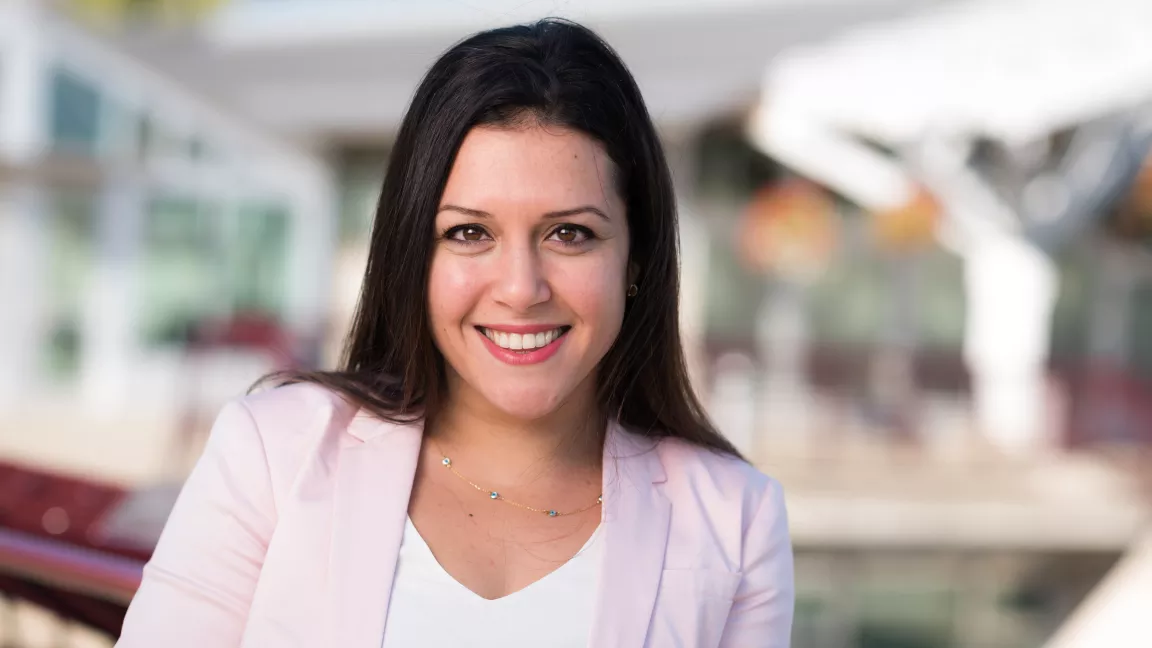Collaborating on mathematics research
Mathematics and Statistics Assistant Professor Dr. Alia Hamieh is part of a Pacific Institute for the Mathematical Sciences Collaborative Research Group examining the role of L-functions in analytic number theory.

Mathematics and Statistics Assistant Professor Dr. Alia Hamieh is joining forces with colleagues from the University of British Columbia and the University of Lethbridge to continue their research into the role of L-functions in analytic number theory.
Hamieh and her colleagues received a three-year grant worth $240,000 from the Pacific Institute for the Mathematical Sciences (PIMS) to create a Collaborative Research Group.
“The purpose of this Collaborative Research Group is to bring together experts and rising stars in analytic number theory to tackle central problems in the field,” Hamieh says. “This group will focus and strengthen the connections of UNBC number theorists with number theorists at other British Columbia and Alberta universities and the wider international analytic number theory research network.”
Collaborative Research Groups bring together researchers with overlapping research interests, allowing them to develop joint programs between the participating institutions. This group aims to build on the research momentum created by a new generation of mathematics researchers at western Canadian universities who, like Hamieh, are examining L-functions in analytic number theory.
The group includes Dr. Habiba Kadiri and Dr. Nathan Ng from the University of Lethbridge and Dr. Greg Martin from UBC. They will host network-wide graduate courses, workshops, focused research groups, graduate student exchanges, visits from other distinguished researchers and other research visits.
Hamieh studies special functions defined on the complex plane called L-functions. The zeros of these L-functions are related to the distribution of prime numbers which is a central question in analytic number theory.
“In my research, I seek to understand important aspects of these L-functions such as their size, their zero distribution and their non-vanishing at special points,” she explains.
Over the next few years, the group seeks to answer problems in the areas of moments of L-functions, explicit and computational number theory, and comparative prime number theory.
The PIMS funding will support hiring post-doctoral fellows, including one at UNBC, and conferences and other events where the researchers can share their findings.
“Having UNBC involved in this program provides additional resources and funding opportunities for hiring post-doctoral fellows and hosting scientific events,” Hamieh says. “It strengthens connections of UNBC researchers and students with other mathematicians especially within Western Canada.”
Hamieh is planning a one-week workshop on the topic of L-functions in August. Throughout the collaboration, which runs until 2025, the group is also planning a summer school on explicit and computational number theory, a one-week workshop at UBC on comparative prime number theory and two-day workshops at the Banff International Research Station for Mathematical Innovation and Discovery.